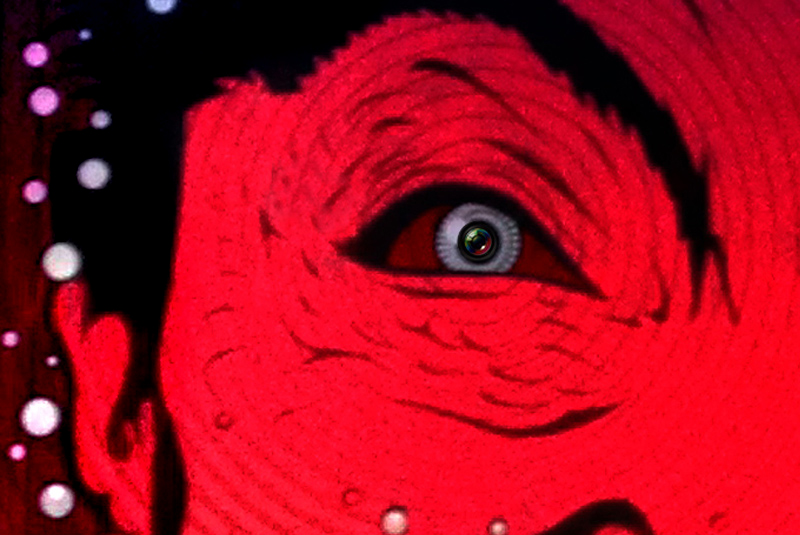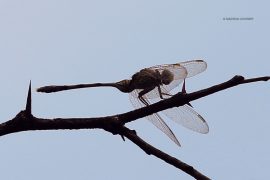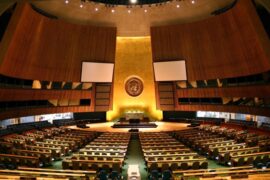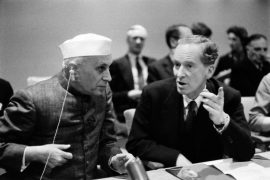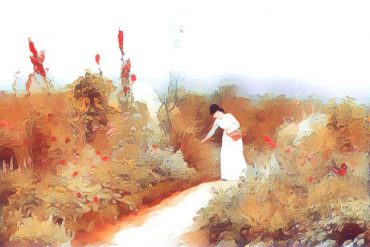‘Does life imitate art or art imitate life?’ It’s a question that is as old as the chicken and egg conundrum. It elicits a response that depends on which side of history we find ourselves in. The answer changes with the pen on the manuscript, the eye on the lens, and sometimes, more perceptibly, with the name on the ballot.
The fin de siècle rise of strongman leaders, retreat to social conservatism, and the concomitant ruptures within the democratic fabric are all too familiar from our past political behaviour. Yet, it is the covertness of our present collapse that colours the 21st-century experience with a dystopian hue. Curiously, writers from the previous century had approximated the debilitating effects of propaganda, with which the future was to be fraught, in their literature.
For instance, in the 1932 novel Brave New World, Aldous Huxley conjured an engineered society of eugenic manipulation and psychological conditioning. His contemporary, George Orwell’s prescient text, 1984, conceptualised a refashioning of common parlance that would preclude the expression of dissent. Similarly, Margaret Atwood’s inclusion of hyper surveillance and religious dogmatism in The Handmaid’s Tale peered into the truth of a future, that in this case, was stranger than fiction itself.
-30-
Copyright©Madras Courier, All Rights Reserved. You may share using our article tools. Please don't cut articles from madrascourier.com and redistribute by email, post to the web, mobile phone or social media.Please send in your feed back and comments to [email protected]

